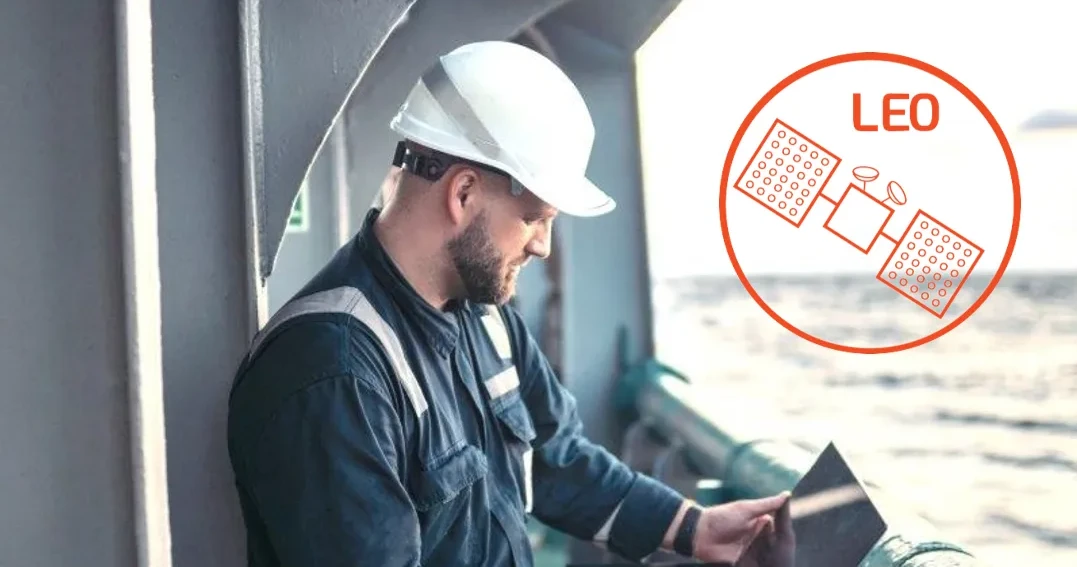Can ‘LEO internet’ onboard improve crew retention and recruitment for rig and shipowners?
Leading tanker operator advances digital transition with support services that resolve operational issues, streamline maintenance routines and optimise vessel availability

Demand for more bandwidth onboard has reached new heights in the last 12 months, as ship and rig owners expand vessel networks to increase availability of crew access to high-speed internet. So, how can operators improve the solutions they offer to crew and do new networks hold the answer to providing fast, home-like WiFi on rigs and ships?
The maritime and offshore industries have historically faced challenges in providing reliable and fast internet connectivity at sea. The availability and quality of satellite-based internet services can vary greatly depending on factors such as the location of the rig or vessel, the size and position of the satellites, the distance to nearest land gateway, type of service offering, regulatory constraints and the type of equipment being used.
Growing demand for shore-like access
The lack of internet access can make life onboard isolating and difficult for crew members, leading to low morale, dissatisfaction and high turnover rates. Vessel and rig operators have previously provided VSAT connectivity, which could provide the bandwidth but not always the low latency desired by crew. The new generation of rig workers and seafarers view internet access as a must-have, not a nice to have. As this digital transformation continues, the benefit to rig and shipowners and their crews will increase.
The latest Seafarers Happiness Index, published by Mission to Seafarers, shows that crew satisfaction with connectivity onboard has declined and that seafarers now have “a growing demand for free or inexpensive access as enjoyed by colleagues ashore.”
Higher speeds with LEO
With recent advances in satellite technology, it’s becoming increasingly possible for rigs and ships to access high-speed internet even in remote and challenging environments. With the recent development of complementary Low Earth Orbit (LEO) and Medium Earth orbit (MEO) satellite capacity, offering very fast connectivity and low latency, the maritime industry has the service it has long desired.
The high throughput internet access LEO can provide means rig operators and shipowners can offer their crew members a more connected working experience while offshore and at sea. Crew members will be able to stay in touch with friends and family, stream educational and entertainment resources and perform their jobs more efficiently. This can lead to higher job satisfaction, improved morale and reduced turnover rates, making it easier for shipowners to retain and recruit quality crew members.
By combining best effort service like LEO with guaranteed bandwidth like MEO and Geostationary VSAT services onboard ship and rig, operators can also improve operational efficiency by enabling real-time communication and data exchange between ships and shore-based offices. This can help them make informed decisions, improve logistics and supply chain management and respond quickly to potential problems or emergencies.
Providing high-speed and low latency internet can play a significant role in improving crew retention and recruitment for rig and shipowners by providing a more connected experience for crew members.
At Marlink, we are already providing LEO services to maritime and land-based customers, with more capacity set to come online in the months and years ahead. Our agnostic approach to providing digital solutions means we will continue to combine all the possible services independent of orbit and frequency to improve the quality of service on an application level for the best possible solution to shipowners and vessel and rig operators.

About the author:
Knut Natvig is VP Corporate Press & PR at Marlink and has worked in the maritime industry for over 20 years
